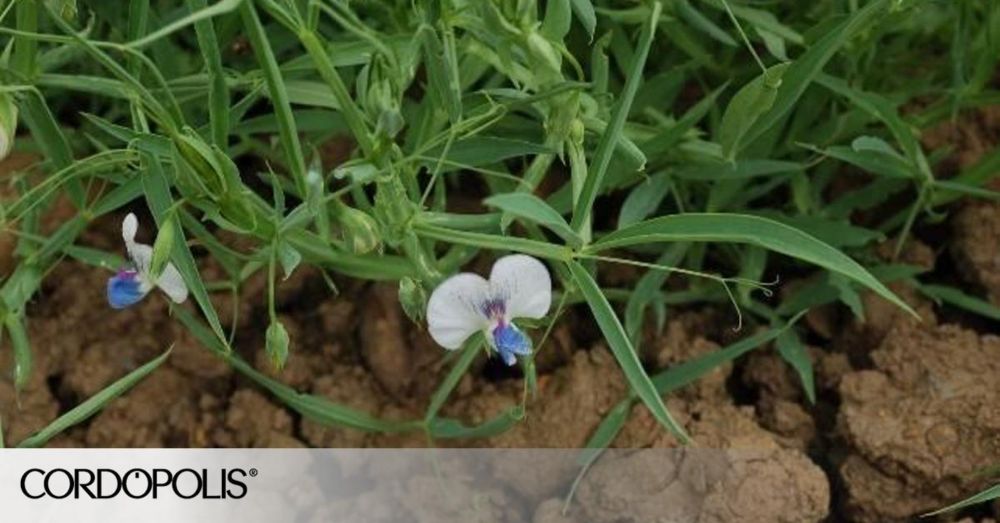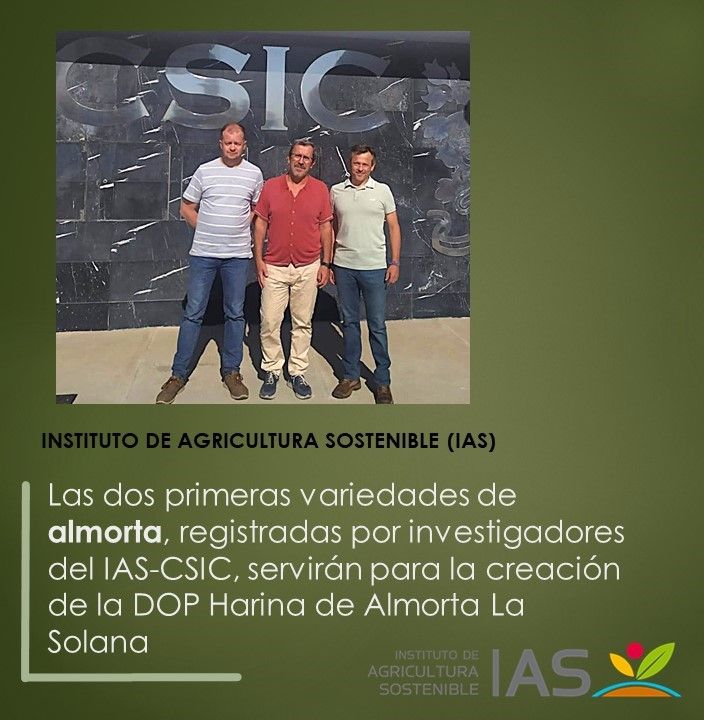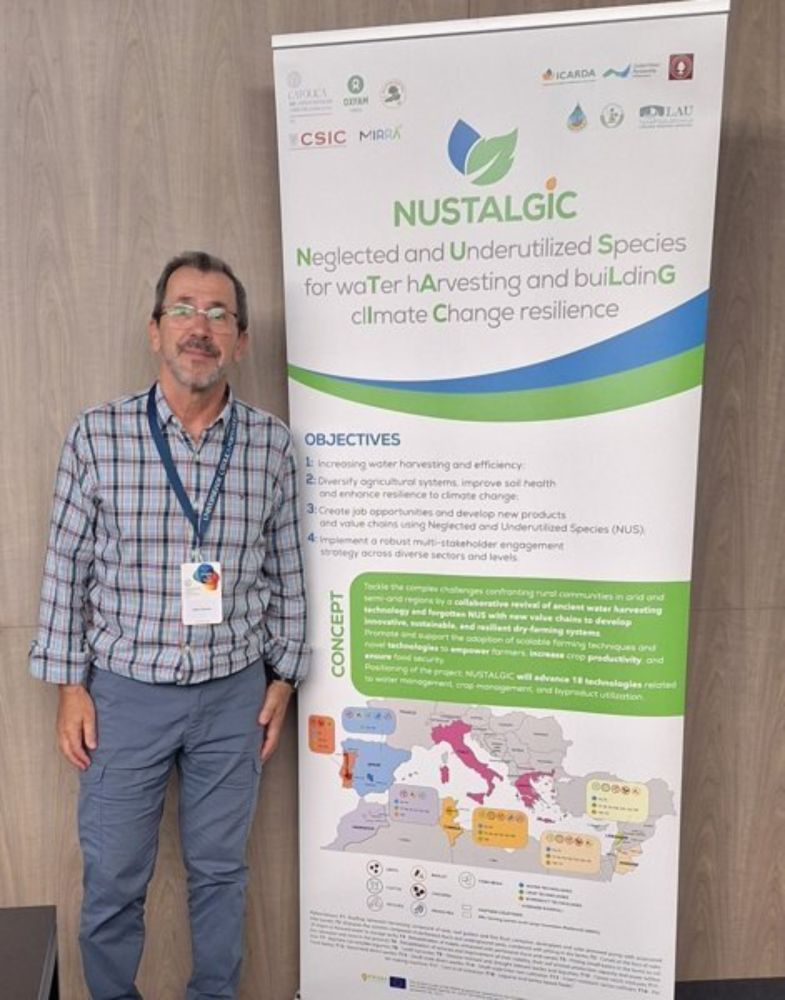www.democrata.es/agricultura-...
#cienciaparalagricultura #CSIC @csicdivulga.bsky.social @csicandalextrem.bsky.social @iascsic.bsky.social @diegorubiales.bsky.social

www.democrata.es/agricultura-...
#cienciaparalagricultura #CSIC @csicdivulga.bsky.social @csicandalextrem.bsky.social @iascsic.bsky.social @diegorubiales.bsky.social
www.agrodiario.com/articulo/cie...
#cienciaparalagricultura #CSIC @csicdivulga.bsky.social @csicandalextrem.bsky.social @iascsic.bsky.social @diegorubiales.bsky.social

www.agrodiario.com/articulo/cie...
#cienciaparalagricultura #CSIC @csicdivulga.bsky.social @csicandalextrem.bsky.social @iascsic.bsky.social @diegorubiales.bsky.social
#CSIC @csicdivulga.bsky.social @csicandalextrem.bsky.social @iascsic.bsky.social @diegorubiales.bsky.social

#CSIC @csicdivulga.bsky.social @csicandalextrem.bsky.social @iascsic.bsky.social @diegorubiales.bsky.social
cordopolis.eldiario.es/1_c2a5c7
#cienciaparalagricultura #CSIC @csicdivulga.bsky.social @csicandalextrem.bsky.social @iascsic.bsky.social @diegorubiales.bsky.social

cordopolis.eldiario.es/1_c2a5c7
#cienciaparalagricultura #CSIC @csicdivulga.bsky.social @csicandalextrem.bsky.social @iascsic.bsky.social @diegorubiales.bsky.social
www.tapasmagazine.es/cordoba-un-e...
#CSIC @csicdivulga.bsky.social @csicandalextrem.bsky.social @iascsic.bsky.social #TrigoHubCSIC @irnasa.bsky.social

www.tapasmagazine.es/cordoba-un-e...
#CSIC @csicdivulga.bsky.social @csicandalextrem.bsky.social @iascsic.bsky.social #TrigoHubCSIC @irnasa.bsky.social
www.diariocordoba.com/agricultura-...
#cienciaparalagricultura @csicdivulga.bsky.social @csicandalextrem.bsky.social @iascsic.bsky.social @diegorubiales.bsky.social

www.diariocordoba.com/agricultura-...
#cienciaparalagricultura @csicdivulga.bsky.social @csicandalextrem.bsky.social @iascsic.bsky.social @diegorubiales.bsky.social
www.europapress.es/andalucia/no...
#cienciaparalagricultura #CSIC @csicdivulga.bsky.social @csicandalextrem.bsky.social @iascsic.bsky.social @diegorubiales.bsky.social

www.europapress.es/andalucia/no...
#cienciaparalagricultura #CSIC @csicdivulga.bsky.social @csicandalextrem.bsky.social @iascsic.bsky.social @diegorubiales.bsky.social
#CSIC @csicdivulga.bsky.social @csicandalextrem.bsky.social @iascsic.bsky.social @diegorubiales.bsky.social
www.ias.csic.es?p=40261

#CSIC @csicdivulga.bsky.social @csicandalextrem.bsky.social @iascsic.bsky.social @diegorubiales.bsky.social
www.ias.csic.es?p=40261
cordopolis.eldiario.es/1_c1e2b6
#cienciaparalagricultura #CSIC @csicdivulga.bsky.social @csicandalextrem.bsky.social @iascsic.bsky.social

cordopolis.eldiario.es/1_c1e2b6
#cienciaparalagricultura #CSIC @csicdivulga.bsky.social @csicandalextrem.bsky.social @iascsic.bsky.social




📚 It can be read here 👇 link.springer.com/article/10.1...
rdcu.be/eKB3a
---
@csic.es @diegorubiales.bsky.social
#CropWildRelatives #CWRs #foodsecurity #plantbreeding #horizoneurope

📚 It can be read here 👇 link.springer.com/article/10.1...
rdcu.be/eKB3a
---
@csic.es @diegorubiales.bsky.social
#CropWildRelatives #CWRs #foodsecurity #plantbreeding #horizoneurope












cordobabn.com/articulo/cor...
#cienciaparalagricultura #CSIC @csicdivulga.bsky.social @csicandalextrem.bsky.social @iascsic.bsky.social

cordobabn.com/articulo/cor...
#cienciaparalagricultura #CSIC @csicdivulga.bsky.social @csicandalextrem.bsky.social @iascsic.bsky.social
www.ias.csic.es?p=39393
Theoretical and Applied Genetics
share.google/LpJzGd21zgWO...
@iascsic.bsky.social
@ageinves.bsky.social @horizoneu.bsky.social @cousinproject.bsky.social

Theoretical and Applied Genetics
share.google/LpJzGd21zgWO...
@iascsic.bsky.social
@ageinves.bsky.social @horizoneu.bsky.social @cousinproject.bsky.social
Theoretical and Applied Genetics
share.google/LpJzGd21zgWO...
@iascsic.bsky.social
@ageinves.bsky.social @horizoneu.bsky.social @cousinproject.bsky.social

Theoretical and Applied Genetics
share.google/LpJzGd21zgWO...
@iascsic.bsky.social
@ageinves.bsky.social @horizoneu.bsky.social @cousinproject.bsky.social

Theoretical and Applied Genetics
share.google/LpJzGd21zgWO...
@iascsic.bsky.social
@ageinves.bsky.social @horizoneu.bsky.social @cousinproject.bsky.social
🗣️ @diegorubiales.bsky.social @iascsic.bsky.social
#cienciaparalagricultura #CSIC @csicdivulga.bsky.social @csicandalextrem.bsky.social @iascsic.bsky.social #qualifica

🗣️ @diegorubiales.bsky.social @iascsic.bsky.social
#cienciaparalagricultura #CSIC @csicdivulga.bsky.social @csicandalextrem.bsky.social @iascsic.bsky.social #qualifica
#cienciaparalagricultura #CSIC @csicdivulga.bsky.social @csicandalextrem.bsky.social @iascsic.bsky.social @diegorubiales.bsky.social
www.ias.csic.es?p=38702

#cienciaparalagricultura #CSIC @csicdivulga.bsky.social @csicandalextrem.bsky.social @iascsic.bsky.social @diegorubiales.bsky.social
www.ias.csic.es?p=38702
www.interempresas.net/Grandes-cult...
#cienciaparalagricultura #CSIC @csicdivulga.bsky.social @csicandalextrem.bsky.social @iascsic.bsky.social @diegorubiales.bsky.social #legumes #cereals #watersaving

www.interempresas.net/Grandes-cult...
#cienciaparalagricultura #CSIC @csicdivulga.bsky.social @csicandalextrem.bsky.social @iascsic.bsky.social @diegorubiales.bsky.social #legumes #cereals #watersaving
#CSIC @csicdivulga.bsky.social @csicandalextrem.bsky.social @iascsic.bsky.social @diegorubiales.bsky.social #legumes #cereals #watersaving

#CSIC @csicdivulga.bsky.social @csicandalextrem.bsky.social @iascsic.bsky.social @diegorubiales.bsky.social #legumes #cereals #watersaving
www.diarioeconomia.com/2025/07/17/e...
#cienciaparalagricultura #CSIC @csicandalextrem.bsky.social @iascsic.bsky.social @diegorubiales.bsky.social

www.diarioeconomia.com/2025/07/17/e...
#cienciaparalagricultura #CSIC @csicandalextrem.bsky.social @iascsic.bsky.social @diegorubiales.bsky.social
www.noticiasde.es/andalucia-2/...
#cienciaparalagricultura #CSIC @csicandalextrem.bsky.social @iascsic.bsky.social @diegorubiales.bsky.social

www.noticiasde.es/andalucia-2/...
#cienciaparalagricultura #CSIC @csicandalextrem.bsky.social @iascsic.bsky.social @diegorubiales.bsky.social

